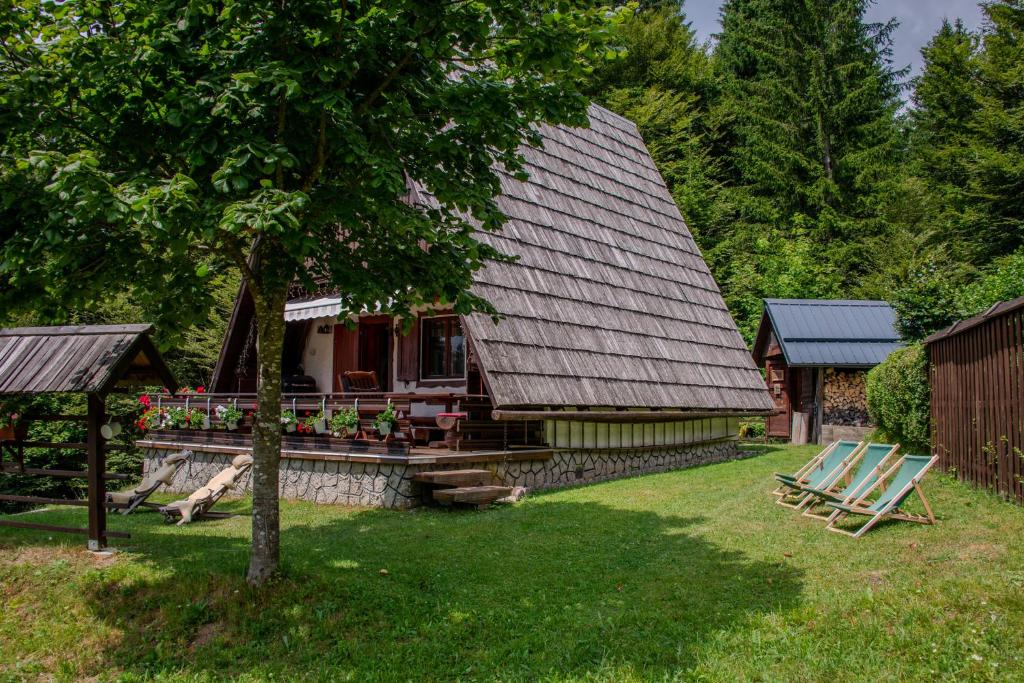Visiting Ethnic Minority Markets Around Thanchi, Bandarban
Bandarban is home to more than a dozen ethnic minority communities — Marma, Tripura, Chakma, Bawm, Mru, Tanchangya, Khumi, Lusai, Pankho, and others. (Tourism Info Bangladesh) These groups bring rich traditions of handicrafts, weaving, agriculture, herbal knowledge, and food, many of which are visible in the local markets. Visiting ethnic minority markets near Thanchi is a wonderful way to explore culture, buy authentic local goods, and support indigenous livelihoods.
What to Expect at an Ethnic Minority Market
- Products & Crafts: Local woven textiles, scarves, shawls, blankets, and traditional clothing made by tribal women using hand-looms (often waist looms).
- Agricultural Items & Produce: Fresh hill vegetables, roots and tubers, local fruits, spices (ginger, turmeric etc.), wild‐collected items and medicinal plants. (Amar Desh)
- Food & Local Delicacies: Ethnic foods such as Marma dishes, possibly items like Mundi (a traditional Marma food). (Dhaka Tribune)
- Ethnic Crafts & Daily Goods: Bamboo and cane products, hand-made baskets, hats, flutes, local tools; textile items like Burmese cloths, custom clothes in indigenous styles. (Amar Desh)
Key Markets & Bazaar Spots Near Thanchi / Bandarban to Visit
Here are some markets you might want to include in your itinerary:
- Thanchi Bazar: This is a central local market in Thanchi Upazila. Vendors from nearby hills bring produce and handicrafts by boats. On busy days (often market days), many boats supply goods. (The Financial Express)
- Marma Bazaar: A traditional bazaar where Marma community members (among others) sell vegetables, traditional garments, handicrafts in open street stalls. It is less formal, more local. (Professor Dr. Md. Jafar Ullah)
- BSCIC Cottage Industry Shop in Bandarban: For more standardized handicrafts and textile products, this shop is part of government efforts to promote traditional crafts. (Amar Desh)
Best Time & Tips for Visiting
- Try to go on market days: weekly bazaars often have more traders and goods. For example, Thanchi Bazar is especially busy on Sunday and Wednesday, when many boats bring goods. (The Financial Express)
- Go early in the morning: producers come with fresh goods; you get more choices, better colors, fresher items.
- Budget for bargaining: Many stalls expect some negotiation, especially in local markets.
- Respect local customs: dress modestly; ask permission if photographing people or their stalls.
- Carry small change and cash: many vendors won’t have change for large bills, and digital payments are less common.
Why It’s a Valuable Experience
- Cultural Insight: You’ll see how different ethnic communities live — what crafts they make, what food they depend upon, how they trade.
- Supporting Local Economy: Buying locally made goods helps indigenous artisans, farmers, and vendors.
- Authentic Purchases: The chance to get real handmade products rather than mass-made souvenirs.
- Unique Photo & Travel Memories: The colors, textures, faces, the bustle of such markets make for vivid stories and photos





